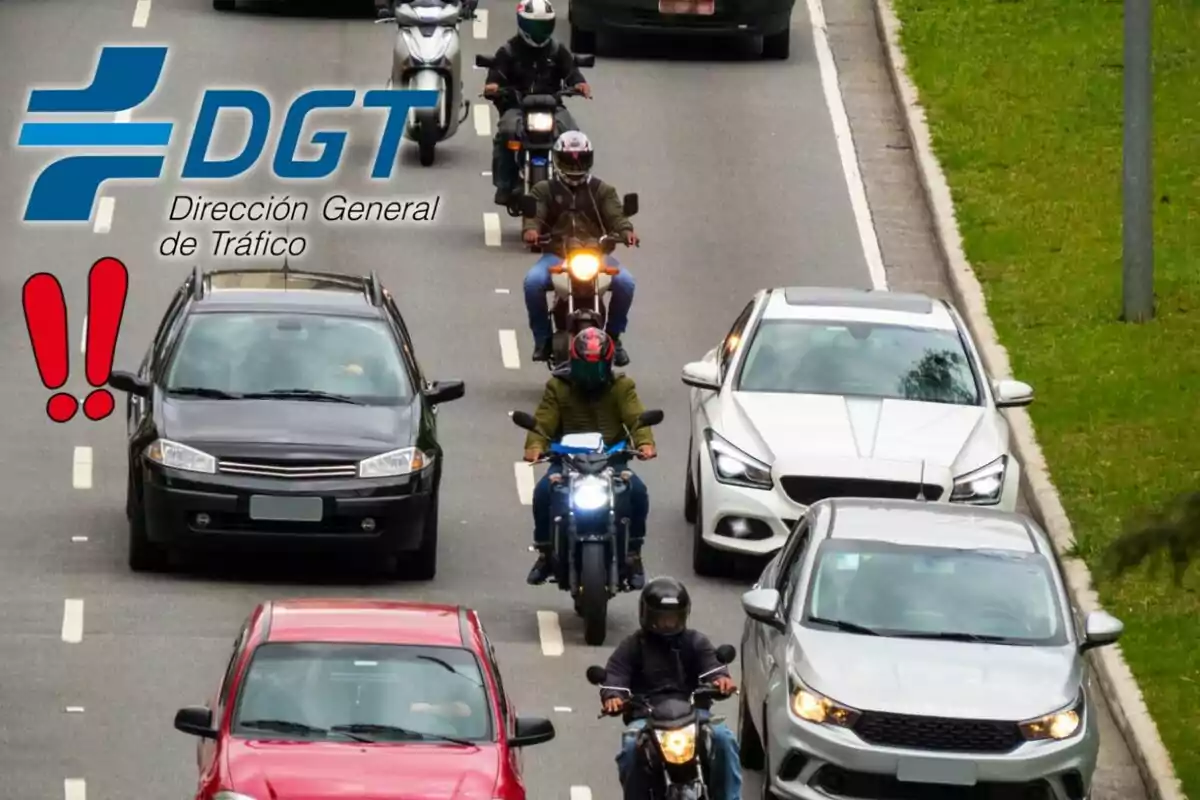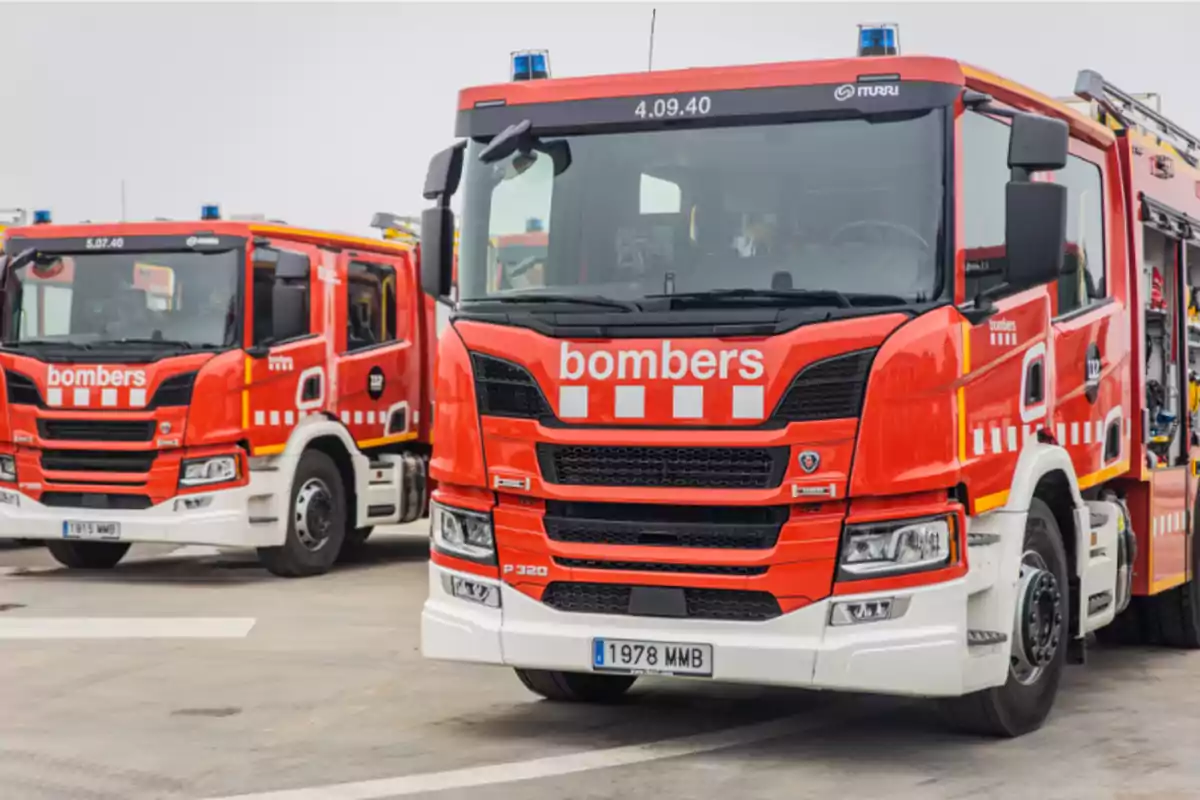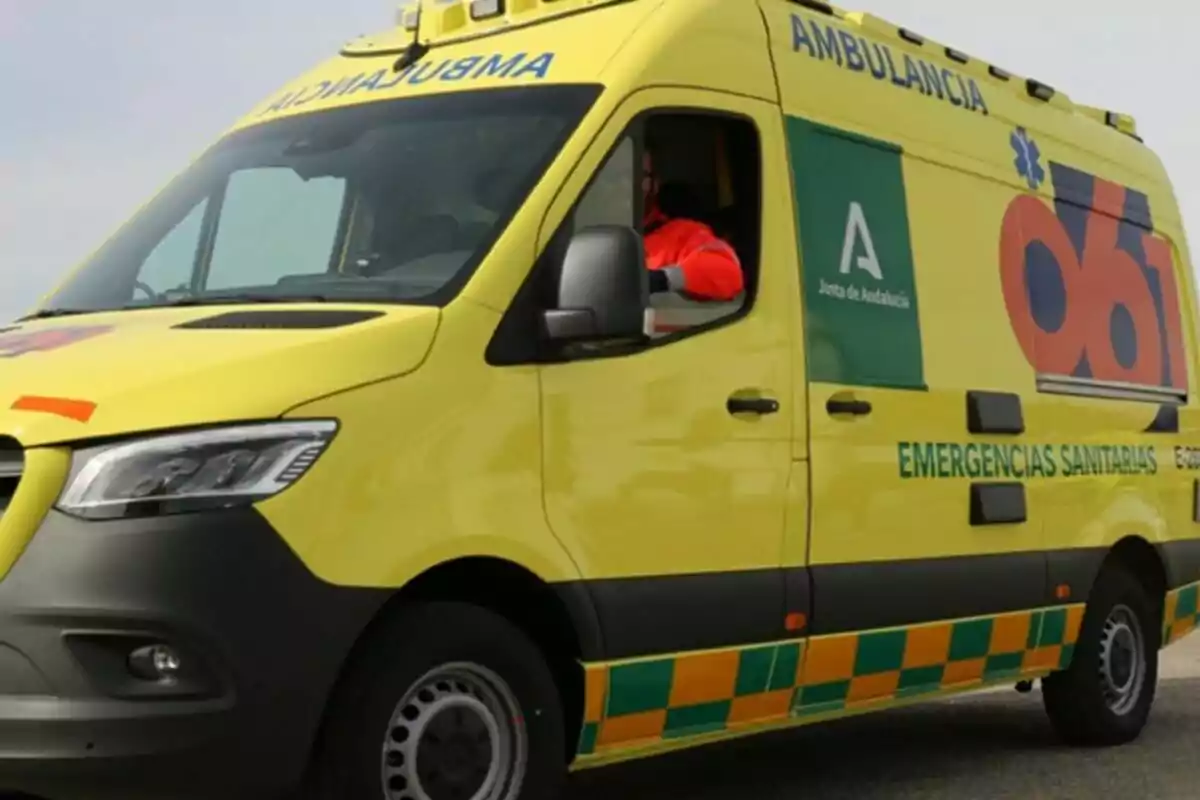
DGT warns of a possible change in 2026 and it affects both cars and motorcycles
Starting in 2026, your vehicle will receive alerts so you can yield to certain vehicles on highways
Starting in 2026, driving in Spain will change significantly. The Dirección General de Tráfico (DGT) is preparing a new regulation that will affect both cars and motorcycles. The measure aims to improve safety in emergency situations on the road.
All drivers have experienced a similar situation: a traffic jam on the highway and an ambulance trying to get through. Until now, opening a central lane was a gesture of goodwill. Soon, it will be a legal obligation.

Mandatory emergency lane in traffic jams
DGT will amend the General Traffic Regulations to introduce this measure. Article 32 will establish the creation of the so-called "emergency lane." It will be mandatory on expressways and highways when there are traffic jams or very slow traffic.
All vehicles must move to the sides in these situations. The goal is to allow ambulances, firefighters, or police to pass without obstacles. This practice is already mandatory in countries such as Germany, Austria, or Poland.
Until now, in Spain, opening the lane was recommended but not required. With the new regulation, failing to do so could constitute an infraction. The aim is to improve the response time of emergency services.
Real-time alerts starting in 2026
In addition to the emergency lane, there will be another important development. Starting next year, vehicles will receive automatic alerts in case of emergency. This will be possible thanks to geolocation technology and the DGT 3.0 platform.
Emergency services will share their location in real time. So, when an ambulance, patrol car, or fire truck approaches, the driver will know before hearing the siren. The alerts will arrive directly to the vehicle.

According to Ana Blanco, Deputy Director of Traffic, this system will be ready by the end of 2025. For this, cooperation with administrations and emergency services is key. The platform will centralize the data for a faster response.
Currently, DGT already issues geolocated alerts for accidents or breakdowns. The new system will go much further. It will allow advance warning about the arrival of priority vehicles.
How should you act when a priority vehicle approaches?
DGT has reminded drivers of some essential guidelines. The most important thing is to keep calm and not make sudden movements. Slowing down gradually and yielding is essential.
You must move toward the side of the road where you are. You should never block the way by crossing in front of the emergency vehicle. In addition, you must always follow the instructions of the officers.
This type of measure aims to save lives in critical moments. Reducing waiting seconds can make a difference. With these new regulations, Spain aligns with the most advanced European model.
Drivers must adapt to these changes and stay informed. Technology and legislation go hand in hand to improve road safety. 2026 will mark a turning point in the way we drive on our roads.
More posts: